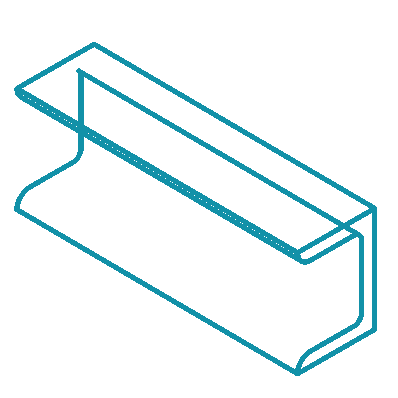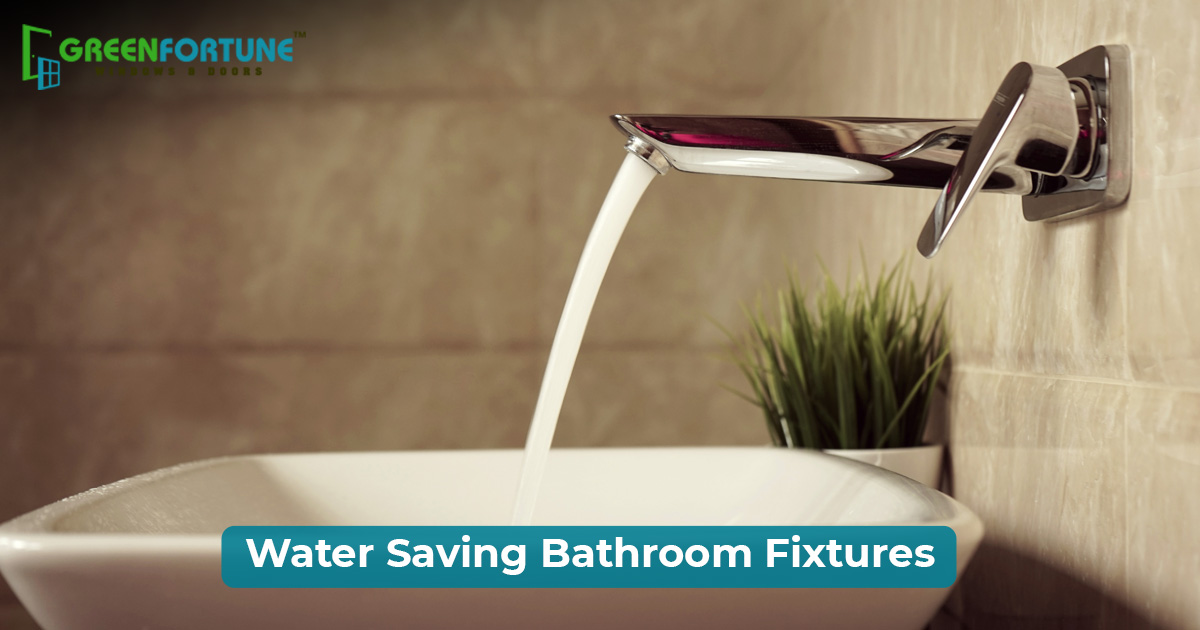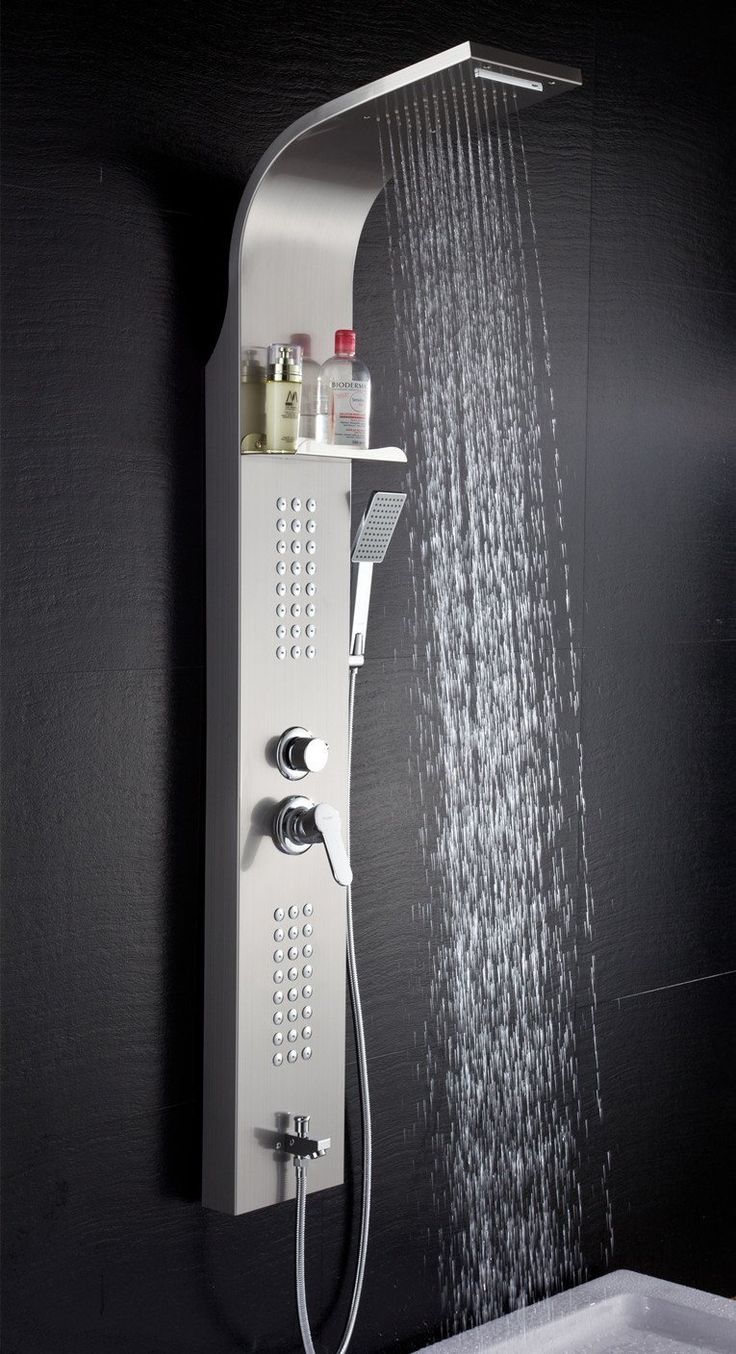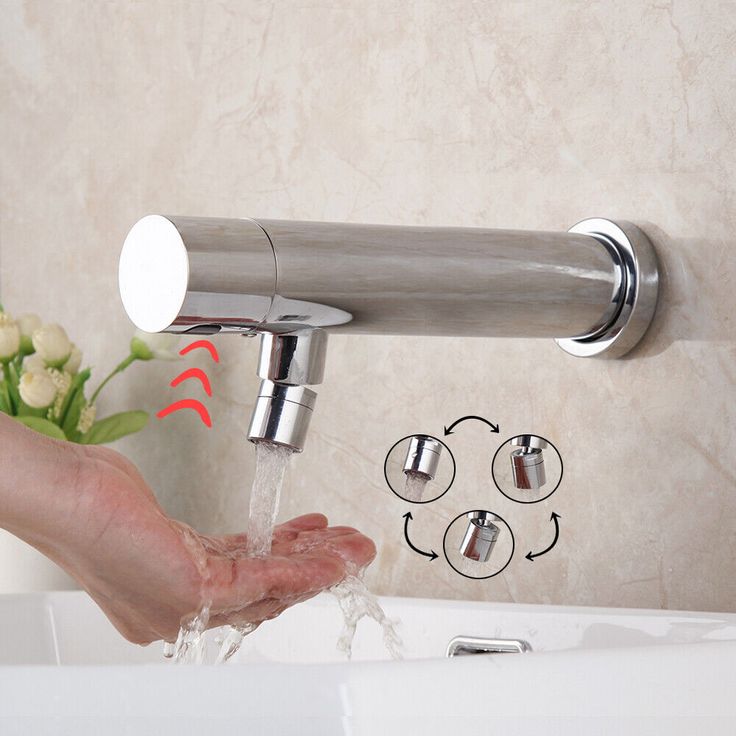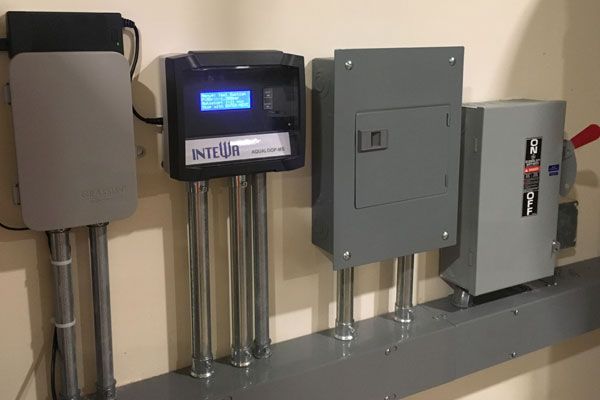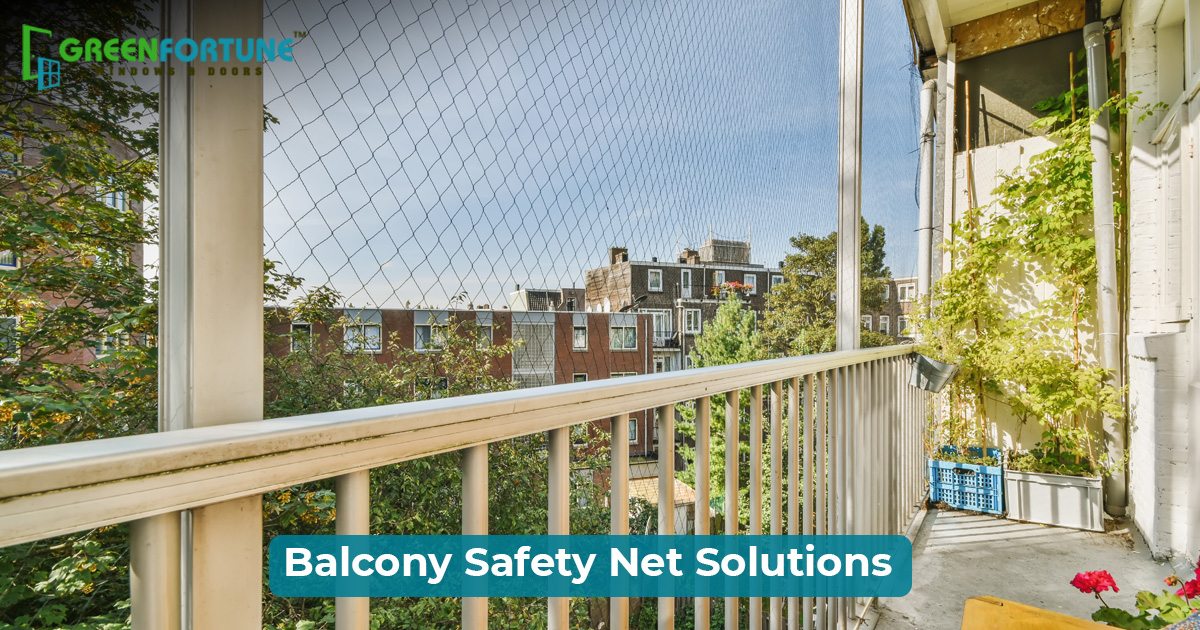
Balcony Safety Net Solutions That Combine Security and Design
October 13, 2025
Traditional Vs Modern Interiors In India: A Complete Guide For Homeowners
October 13, 2025If you are searching for water saving bathroom fixtures, you’re already taking one of the best steps toward protecting nature. Water is among the most valuable resources we have, yet in areas with easy access, people often stay careless about how much they consume. Litres of water flow down the drain without a second thought. With rising bills and increasing shortages, homeowners are now looking for smarter solutions. The simplest place to begin is by upgrading to water saving bathroom fixtures. These modern fittings reduce consumption, cut costs, and help you create a sustainable home without giving up comfort
The Most Effective Water Saving Bathroom Fixtures
Here are some of the best fixtures to consider for your next upgrade.
1. Dual Flush Toilet System
Traditional toilets in India often use 12 to 15 litres of water per flush. A dual flush toilet system offers two buttons — one for liquid waste and one for solid waste — so you only use as much water as required. On average, this change alone can reduce toilet water use by 30 to 50 percent.
2. Water Saving Shower Heads
Showers are another big source of waste. Old shower heads can pour out up to 20 litres of water per minute. Modern water saving shower heads bring this down to nearly half by mixing air with water, so the pressure feels the same while usage drops significantly. This simple swap delivers savings every single day.
3. Low-Flow Faucets and Aerators
Faucets running at full flow use far more water than necessary. Aerators are small attachments that fit on the tip of the tap and regulate the stream by mixing in air. They reduce the flow rate but keep the pressure steady. Low-flow faucets with built-in aerators are also available and can reduce water use by 20 to 60 percent
4. Sensor or Touchless Taps
Ever noticed taps left running while brushing teeth or washing hands? Sensor taps solve this problem by releasing water only when needed. They turn off automatically once you move away, which makes them ideal for both homes and public restrooms. In households with children, these taps save a surprising amount of water every month.
5. Pressure-Compensating Fixtures
In areas with high water pressure, a lot of water gets wasted through taps and showers. Fixtures with pressure-compensating washers maintain a steady flow even when the pressure fluctuates. This means you get consistent performance without unnecessary surges that drain water faster than required.
6. Recirculating Hot-Water Systems
How often do you wait for the water to run hot before taking a shower? That cold water usually just goes down the drain. Recirculating hot-water systems solve this by keeping hot water ready in the pipes, so you save both water and energy. Though installation costs more upfront, the savings over time make it worth considering for modern homes.
7. Greywater Recycling Units
For households serious about sustainability, greywater recycling is a powerful step. These systems collect used water from showers and basins, filter it, and redirect it for flushing toilets or outdoor use. Even a small recycling unit can reduce your fresh water demand by up to 30 percent.
8. Smart Bathroom Devices
Technology has now entered bathrooms too. Automatic flushes, digital shower controls, and timed shut-off systems using Alexa enabled switches are becoming popular. These devices ensure water never runs longer than needed. Some even track your usage and give alerts to help you manage consumption better.
9. Manual, Waterless, or Low-Flush Urinals
Though more common in commercial spaces, homes with larger bathrooms can also benefit from waterless urinals. These use a sealing liquid or valve system to block odors while eliminating the need for flushing. In areas with limited supply, they can be a game-changer. In water-conserving regions, manual-flush urinals are also used, allowing flushing only when required instead of wasting a fixed amount of water each time.
Sustainable Bathroom Design Ideas
Along with installing water saving bathroom fixtures, the next step toward sustainability is thoughtful planning. Here are some additional sustainable bathroom design ideas to consider:
- Compact plumbing layouts: Keep water pipes short and direct to reduce wastage and improve flow efficiency.
- Greywater reuse integration: Add concealed piping that channels water from basins or showers to flush systems or outdoor use.
- Rainwater harvesting points: Build inlet connections that let harvested rainwater supply non-potable needs like flushing or utility taps.
- Eco-friendly surfaces: Choose tiles, counters, and finishes that are durable, stain-resistant, and easy to clean with minimal water.
- Natural light and ventilation: Use windows, skylights, or ventilators to control moisture, reduce mold growth, and cut down cleaning needs.
- Thermal efficiency: Insulate walls and plumbing around hot-water lines so less water is wasted while waiting for the right temperature.
Things to Remember While Choosing the Right Fixtures
The market has plenty of options, but not every product fits every home. Keep these points in mind:
- Check flow rates: Look for labels indicating litres per minute for taps and showers, or litres per flush for toilets.
- Focus on quality: Go for certified products with warranties for reliability.
- Account for water pressure: Choose pressure-compensating fixtures if your supply has frequent fluctuations.
- Think about maintenance: Aerators and filters need occasional cleaning, especially in hard water areas.
- Consider lifestyle: For large households, recirculating hot-water systems or greywater units can make a bigger difference.
Conclusion
Shifting to water saving bathroom fixtures is one of the smartest ways to reduce costs and live sustainably. Start with the basics and expand step by step. The result is a bathroom that looks modern, saves money, and protects resources for the future.
While choosing environment friendly options do explore uPVC doors and windows by GreenFortune.
FAQs
Q1. How often should water saving bathroom fixtures be replaced?
Most high-quality fixtures last for years if maintained properly. Aerators may need cleaning or replacement every 1–2 years in hard water areas, while toilets, taps, and shower heads usually last a decade or more.
Q2. Do water saving bathroom fixtures require special plumbing?
Not always. Many, like aerators or water saving shower heads, can be installed directly on existing fittings. More advanced options such as greywater recycling units or recirculating systems may require professional plumbing adjustments.
- Are government incentives available for installing water saving bathroom fixtures?
In some regions, municipalities or housing societies offer rebates or discounts for adopting water-efficient solutions. It’s worth checking local programs to see if you qualify for cost savings beyond lower bills.
Follow the steps outlined in the blog to implement water saving bathroom fixtures.


